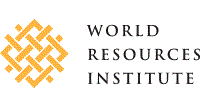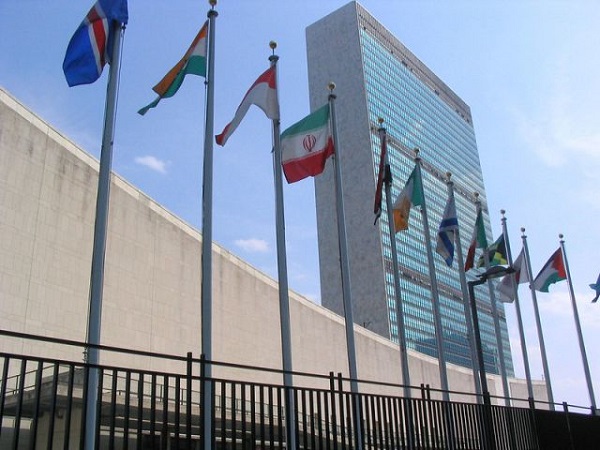
China and Big Business Give Climate Diplomacy a Kick-Start at UNGA and Climate Week
This week marks the end of the UN’s 75th General Assembly (UNGA)—and the first virtual UNGA and Climate Week. WRI experts report on some encouraging announcements, including China’s surprise commitment to achieve net-zero carbon emissions by 2060 and Walmart’s pledge to be 100% carbon neutral globally by 2040—even without offsets. Unfortunately, few new commitments were made to boost the public climate finance sought by developing countries. Read More.

UN complex in New York City. Photo by Ashitaka San/Flickr
7 Ways to Spot Robust Net-Zero National Commitments
Including new commitments announced at UNGA, 19 countries and the European Union have set net-zero targets, and more than 100 others are considering doing so. What constitutes a robust target? A new WRI working paper identifies seven tell-tale signs. The best targets aim for net-zero by mid-century or sooner, include an absolute emissions reductions target, avoid or minimize off-sets and ensure that the net-zero goal informs near-term actions. Read More.
California Shows How the U.S. Can Reduce Transport Emissions
California’s governor has issued an executive order requiring that all new new passenger cars and trucks sold in the state be emissions free by 2035. The move is expected to reduce the state’s greenhouse gases by 35% and cut nitrogen oxide emissions by 80%. Dan Lashof and Devashree Saha explain how other states can follow California’s lead—and share a map showing that some are already ahead of California. Some of these will surprise you. Read more.
New research shows that potential rates of carbon capture from natural forest regrowth are far higher than previously estimated—and significantly better than reforestation by planting trees. Interactive maps from Global Forest Watch show that the rates at which young forests remove carbon dioxide from the air vary greatly: tropical countries in West and Central Africa have the highest rates, while countries in Central Europe and the Middle East have the lowest. Read more.
